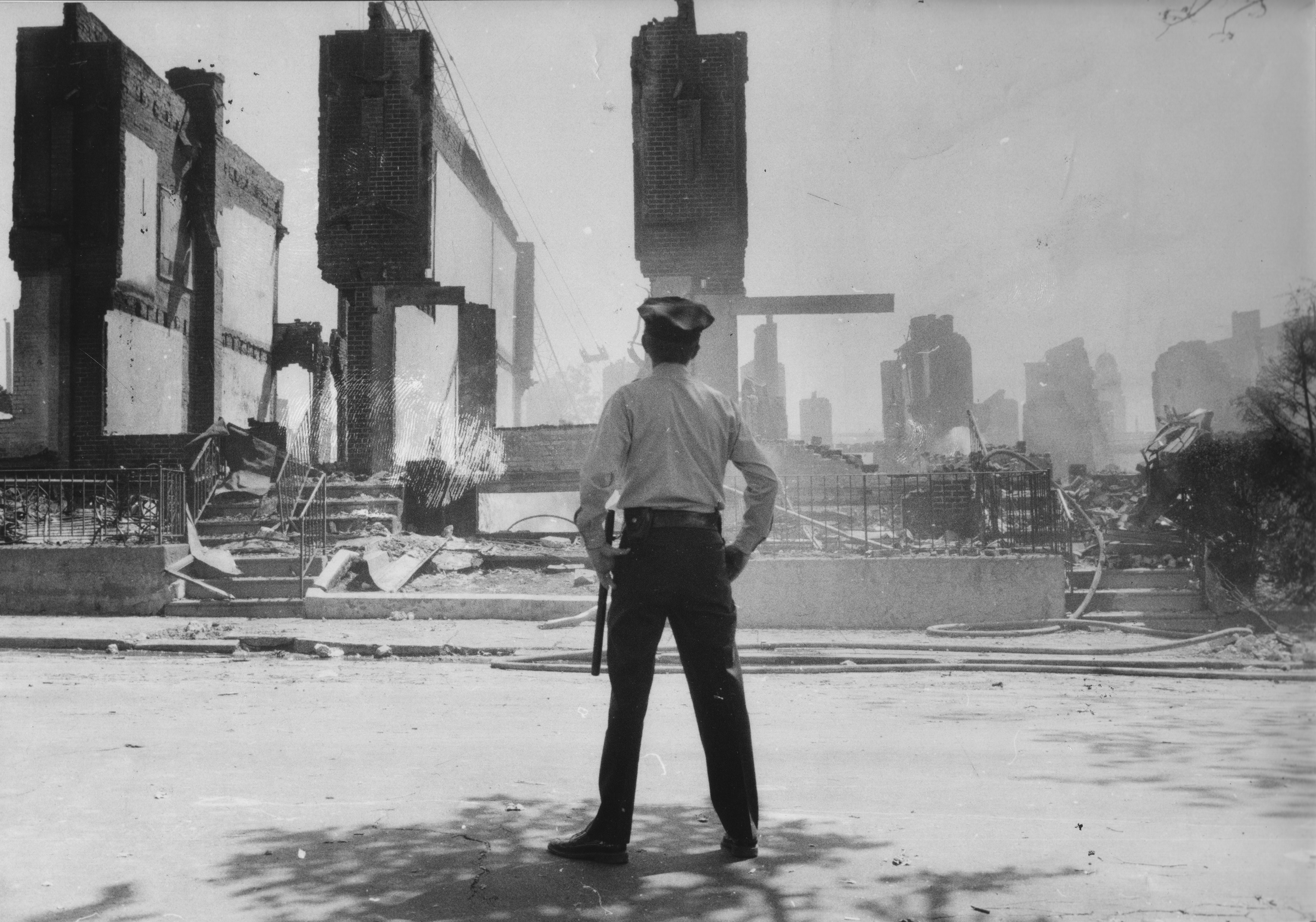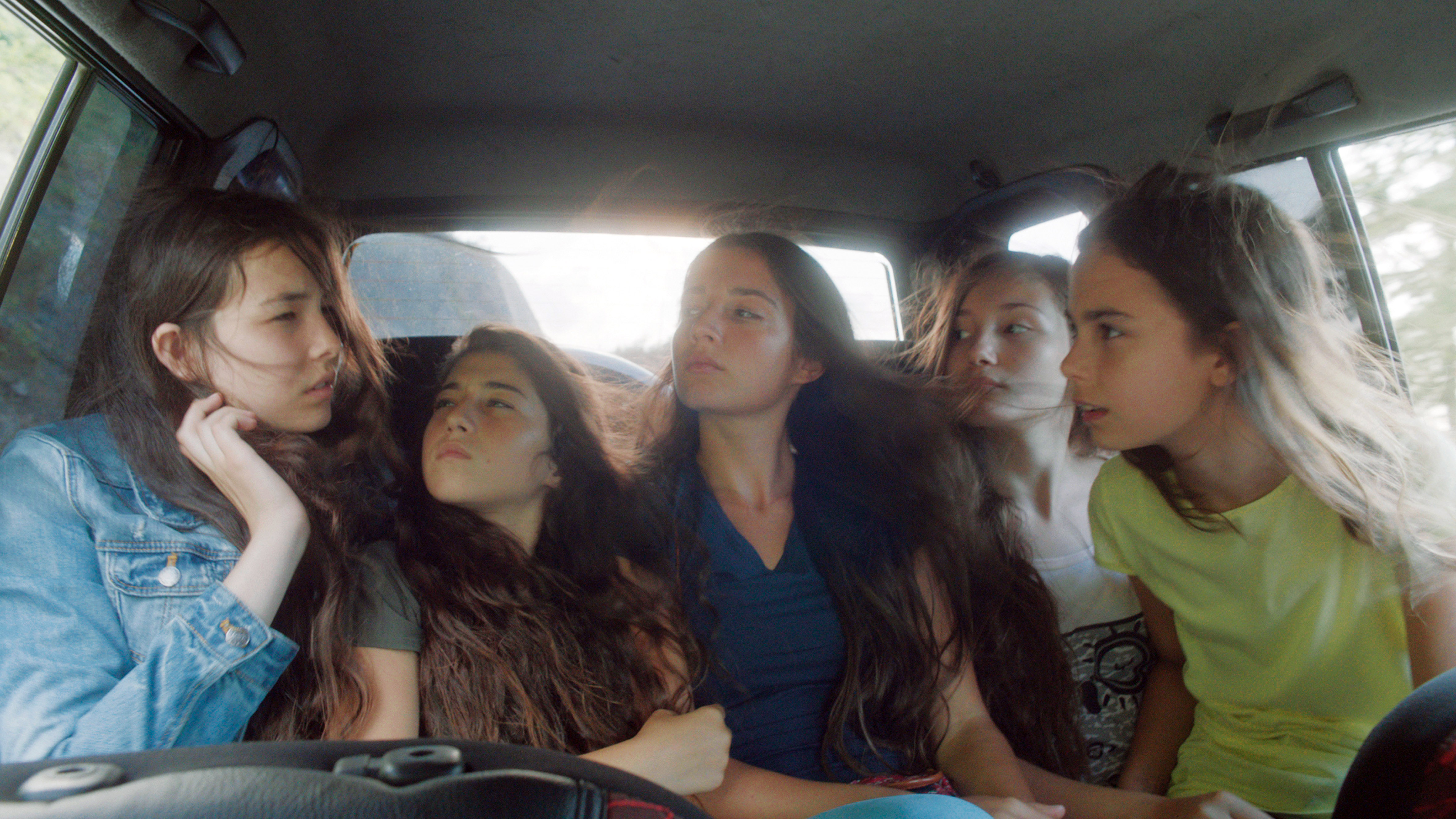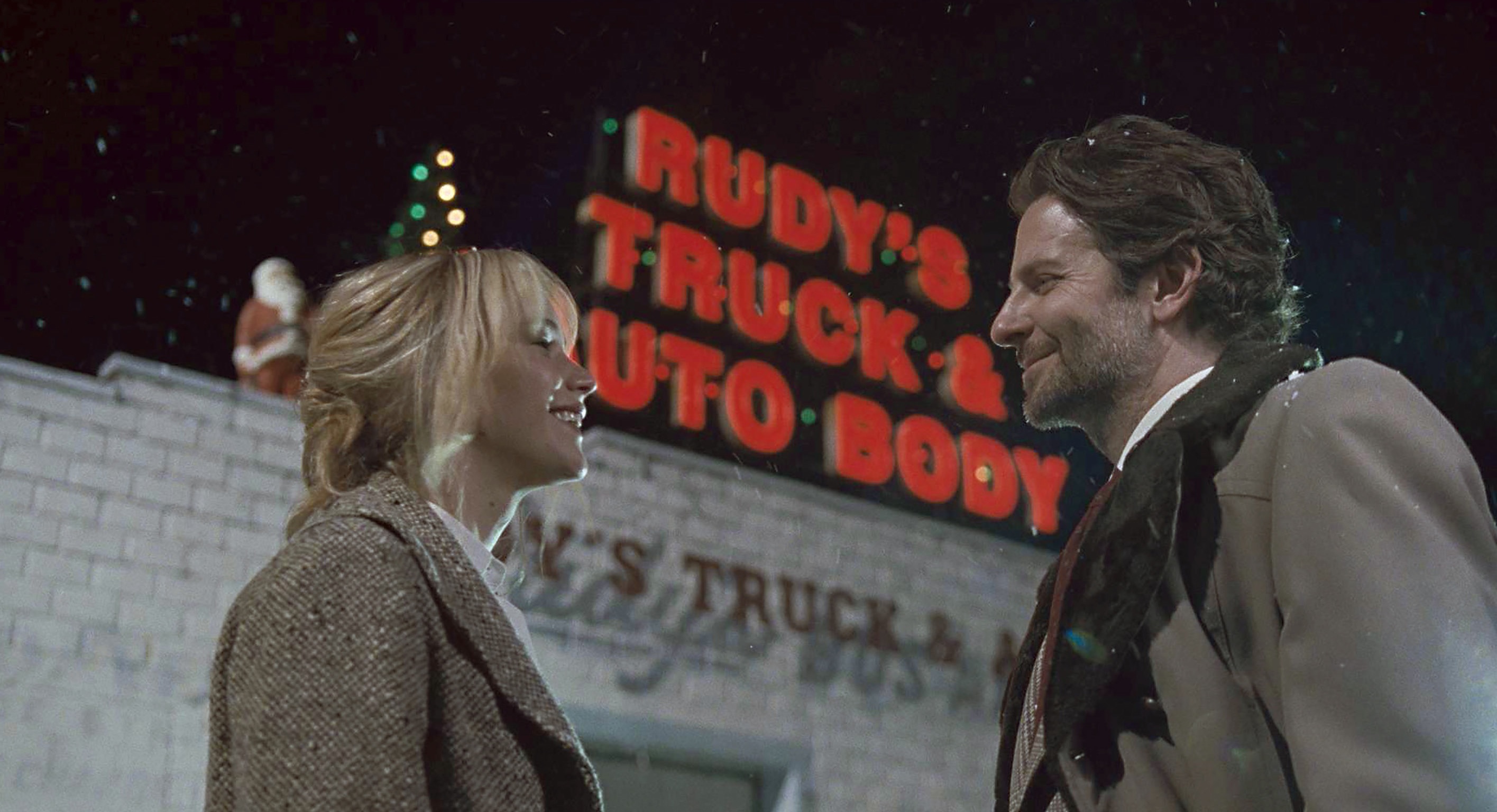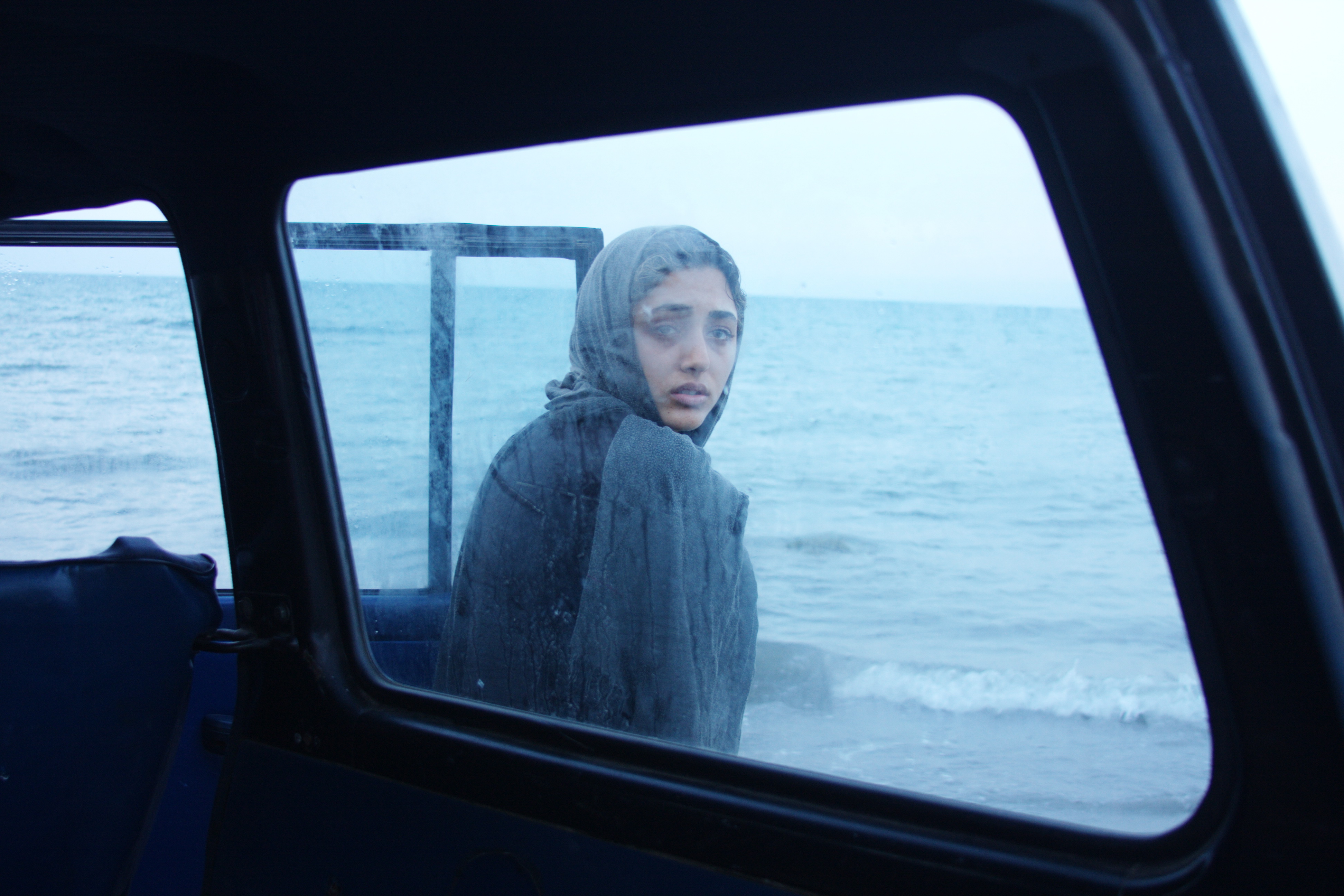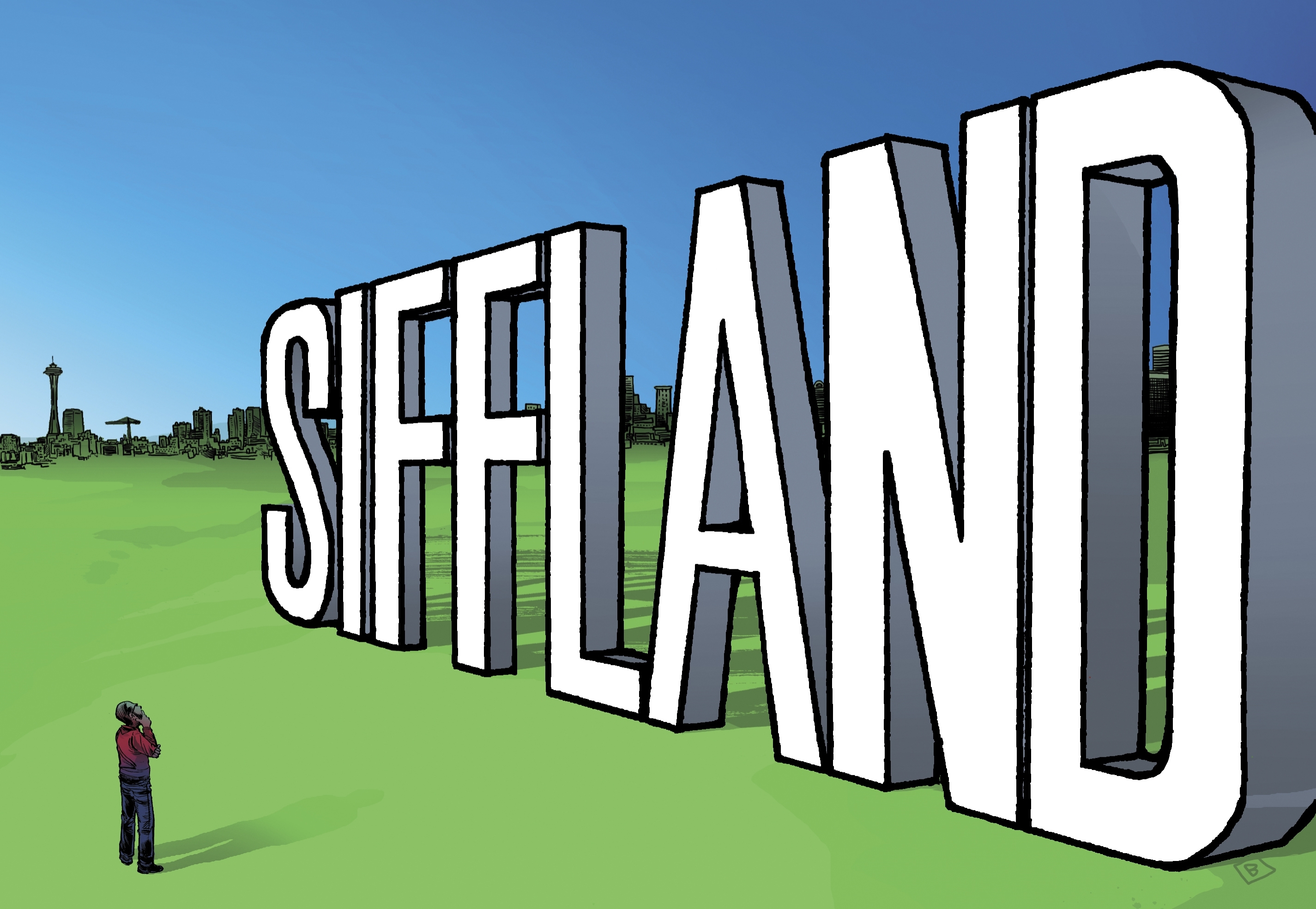Let the Fire Burn
Runs Fri., Dec. 6–Thurs., Dec. 12 at Varsity. Not rated. 95 minutes.
Before Waco or Ruby Ridge there was Philadelphia’s MOVE collective, a vocal band of black separatists founded circa 1970. The group had a violent confrontation with the cops in 1978, a policeman was killed, and another standoff began in 1985. By then, Philly had its first black mayor, Wilson Goode, with uncertain command over an overwhelmingly white, vengeful police force. When MOVE barricaded its headquarters and built a wooden “bunker” on the roof, a live-televised siege began. The cops finally dropped a firebomb (!) from a helicopter, killing 11 MOVE members—including five children—and burning an entire city block.
Two decades later, it’s hard to imagine such an insane escalation of force. But in stitching together original news footage of the event and subsequent hearings on the raid, director Jason Osder forgoes any retrospective analysis. There’s no narrator, no journalists to comment, only the voices of the day—angry, defensive, racist, reasonable, supplicant, and scared. Like a lot of big cities during the ’60s and ’70s, Philly was being rocked by white flight and new racial politics. Given such context, MOVE clearly lacked the media savvy and panache of the Black Panthers. “John Africa,” the nom de guerre of Vincent Leaphard, and his followers were a dirty, dreadlocked cult that eschewed electricity, raised their children naked, and had no coherent philosophy. Let the Fire Burn tells us almost nothing of how the group formed (though there are occasional intertitles); the power structure of Philadelphia—including the notorious Mayor Frank Rizzo—is rather more self-evident. The term “terrorists” is heard more than once, and MOVE’s children somehow fell under that catchall.
What’s the old phrase . . . to save the village, we had to destroy the village? Crouching behind his TV truck, bullets whizzing overhead, a reporter says, “It’s like another Vietnam War out here!” And like the American military after Vietnam, the police have since learned to keep reporters far from the action. Here, we can see in ’78 and ’85 how the cops both created and aggravated a tense situation. Goode never seems in control, telling the press that MOVE will be removed “by any means necessary,” perhaps the oddest-ever citation of Malcolm X by a politician.
There are frustrations to Osder’s entirely archival project, an absence of context and history. A very limited postscript omits any mention of police reforms or Goode’s fate. Were any cops charged or convicted for the firestorm? The answer will leave you burning.
bmiller@seattleweekly.com
